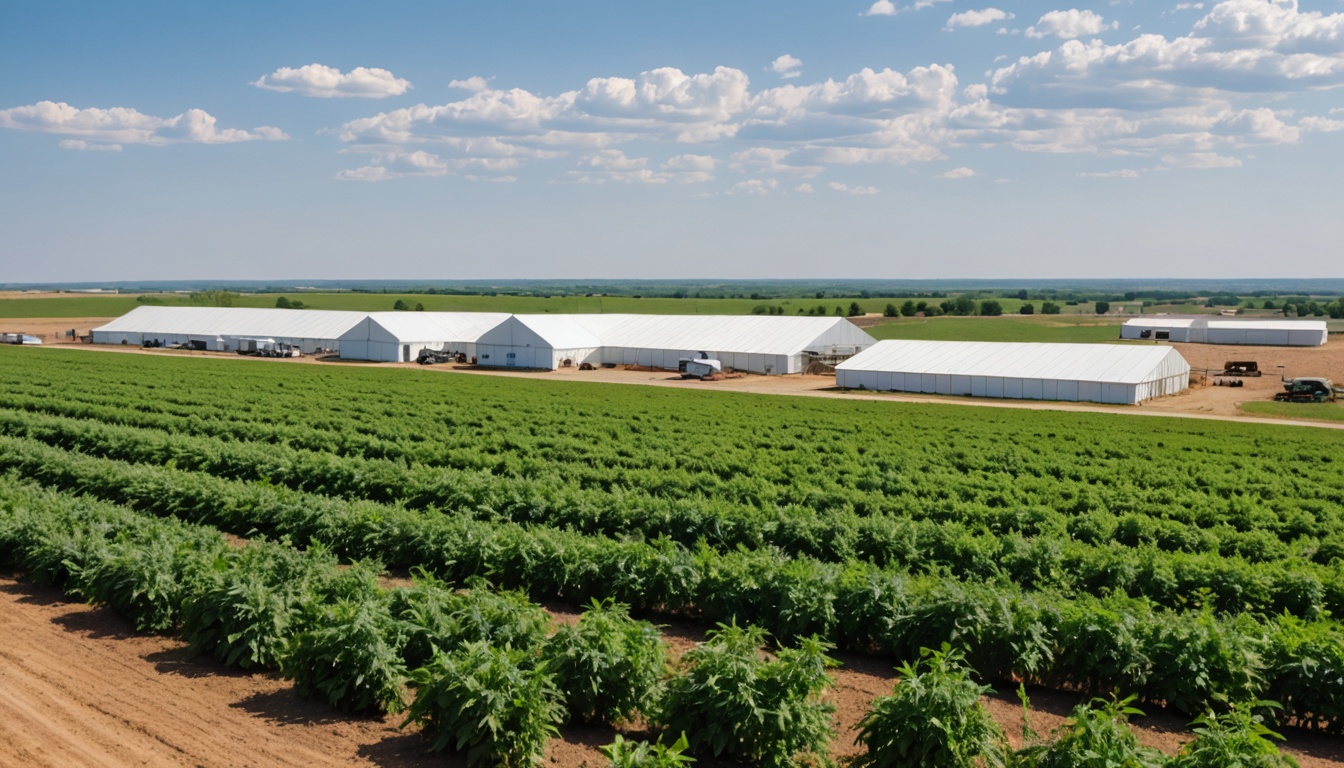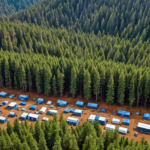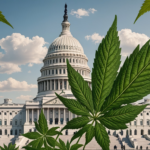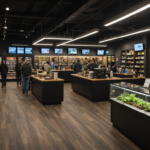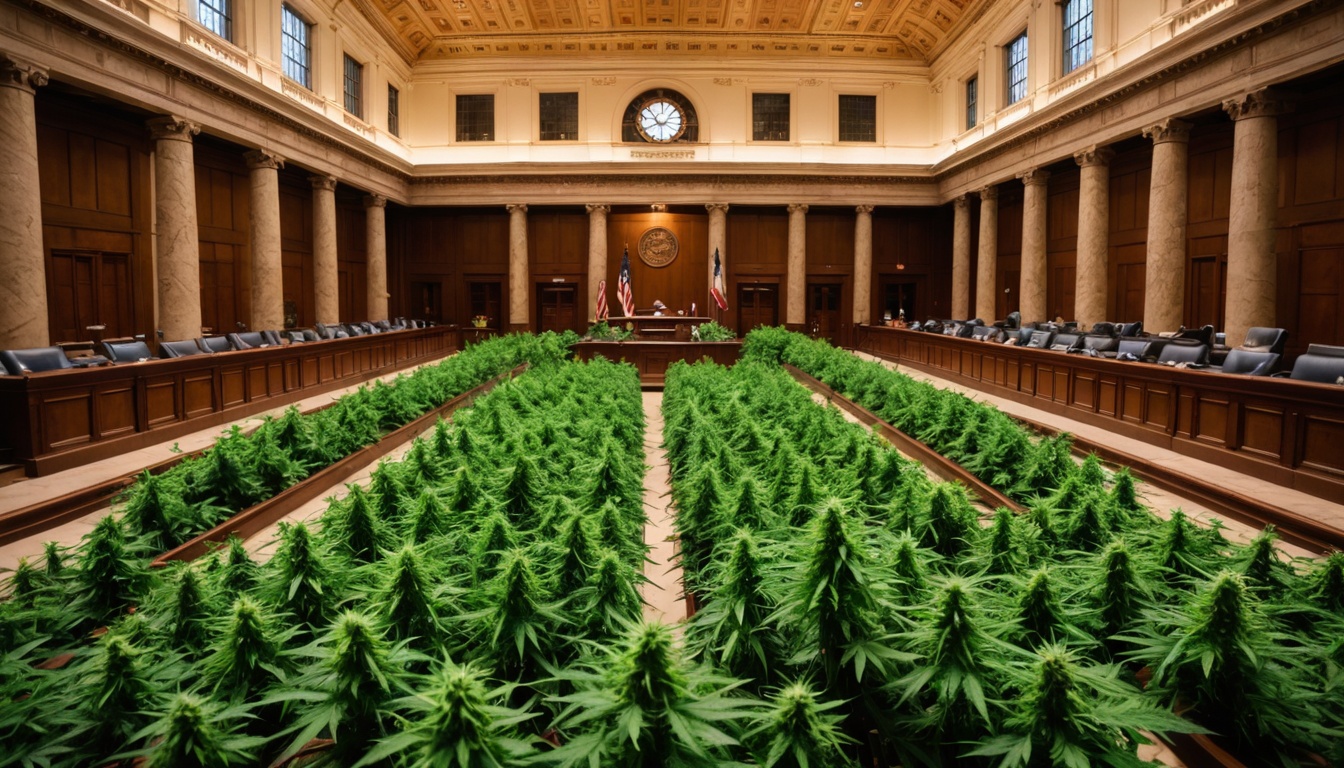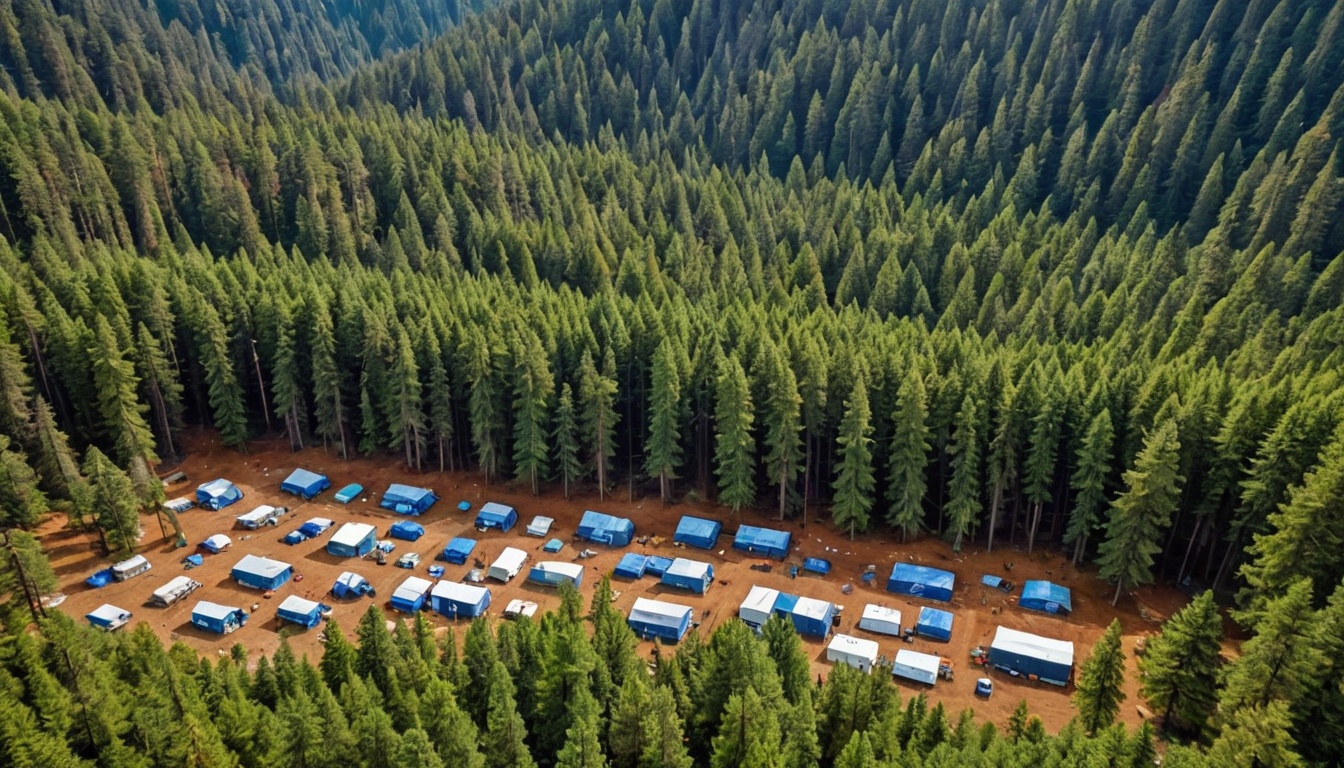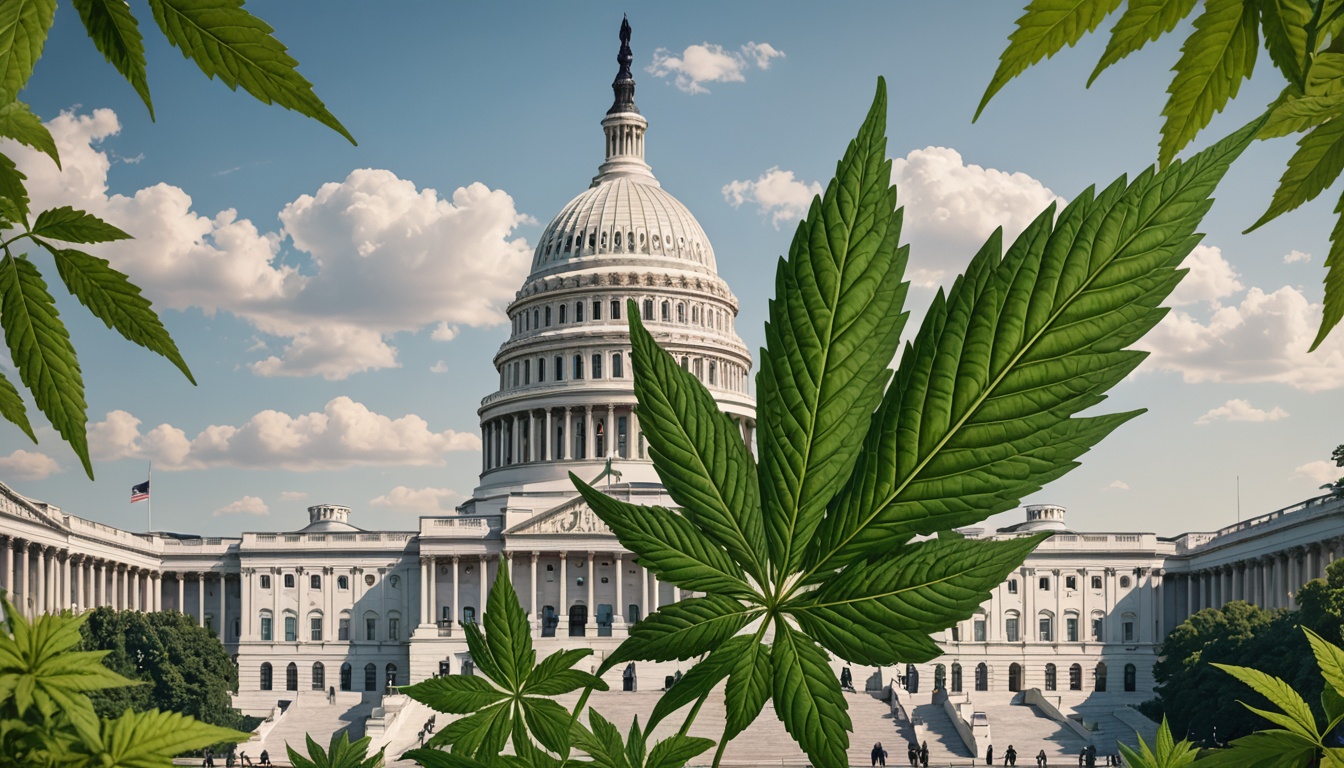Oklahoma’s Rural Areas See Significant Increase in Property Values Following Legalization of Medical Marijuana
A recent study has found that the legalization of medical marijuana in Oklahoma has led to a significant increase in property values, particularly in rural areas. The study, published in the Journal of Agricultural and Applied Economics, attributes the rise in property values to the influx of marijuana growers purchasing properties in the state.
Researchers from Oklahoma State University analyzed data from 25 counties in Oklahoma and found that those with the highest number of marijuana grows per capita saw a 20-25% increase in housing values over a five-year period. This increase is higher than that seen in similar counties in neighboring states where marijuana is not legal.
The study’s authors, including professor Brian Whitacre, held community meetings in several counties to gather information on the impact of the marijuana industry on local residents. At a meeting in Okemah, residents reported that they were being priced out of the market due to the influx of cash buyers, including those from China, who were willing to pay significantly more than the market value for properties.
Okemah Mayor Ron Gott confirmed that the area has seen a significant increase in property values, with some properties selling for as much as $10,000 an acre, compared to their pre-marijuana industry value of around $3,000 an acre. This has made it difficult for local residents to purchase property, Gott said.
While some real estate agents in the area attribute the increase in property values to the marijuana industry, others point to other factors, such as high lumber and building material prices. However, the study’s authors believe that the surge in property values is largely driven by the influx of marijuana growers and their willingness to pay premium prices for properties.
The study’s findings have significant implications for rural communities in Oklahoma, where the marijuana industry has created new economic opportunities but also poses challenges for local residents. As the industry continues to grow, it is likely that property values will continue to rise, making it even more difficult for local residents to purchase property.

